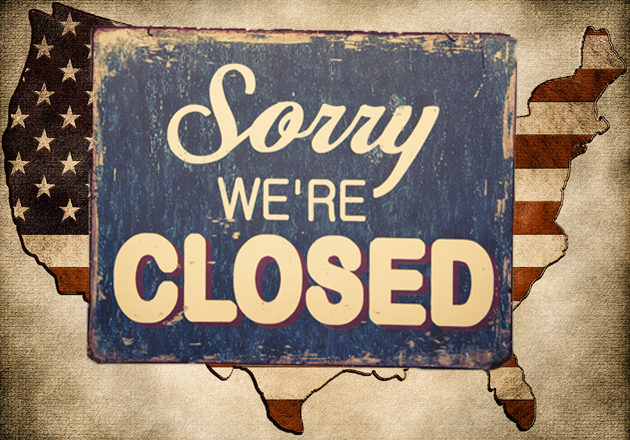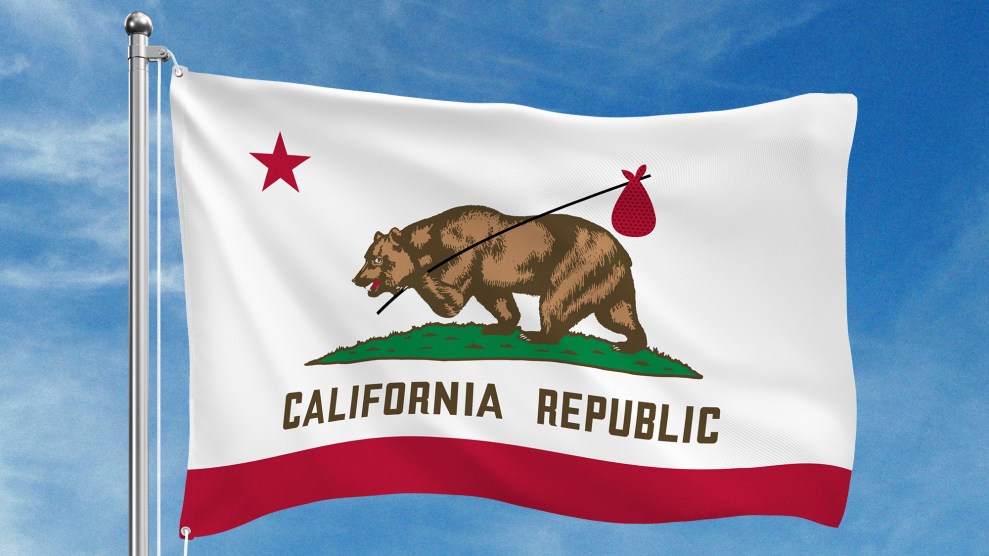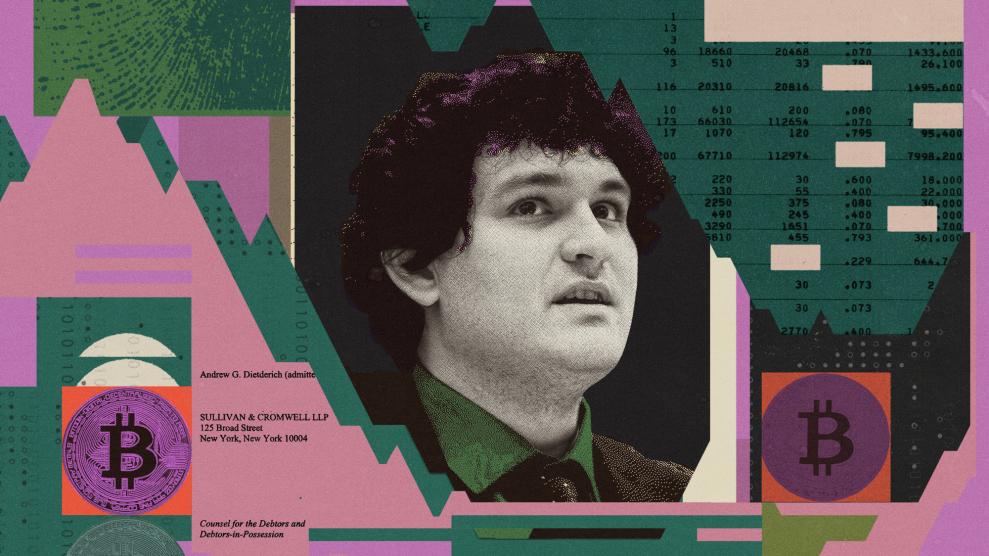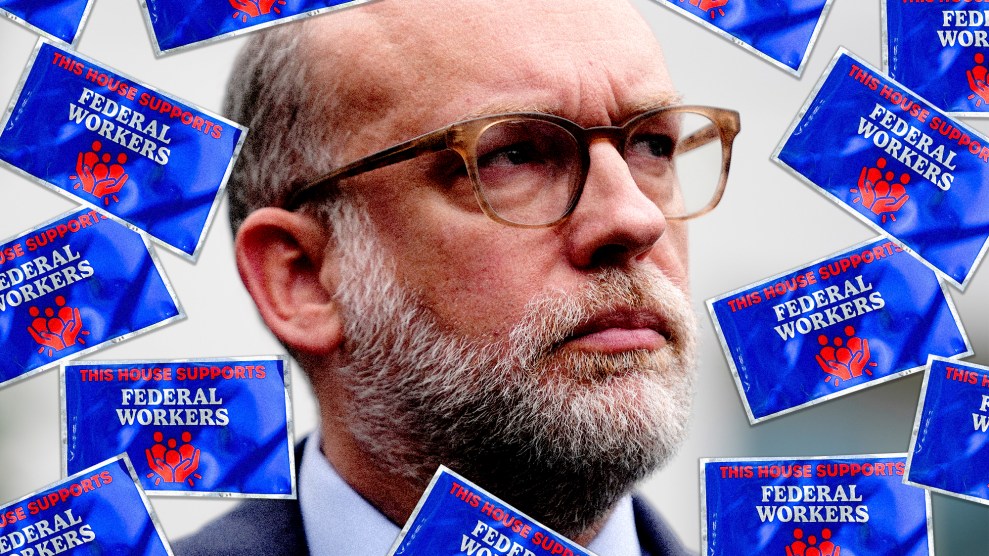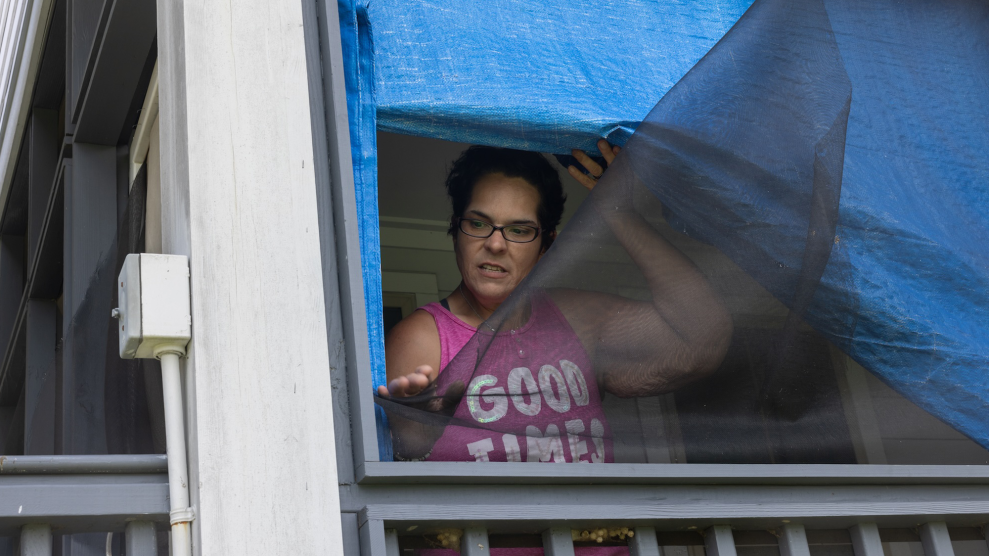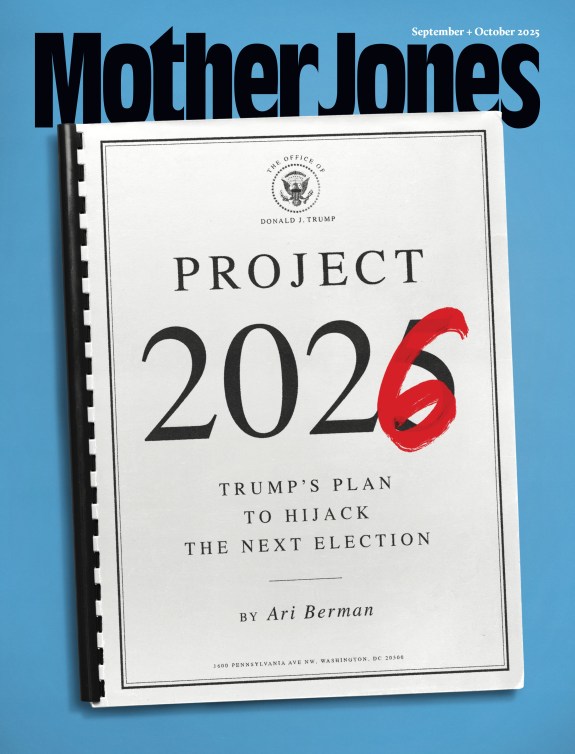
<a href="http://fc07.deviantart.net/fs51/i/2009/339/b/1/meh_wallpaper_by_shiftylem.png">deviant art</a>
The US economy added 175,000 jobs in May, more than economists had predicted, the Labor Department reported Friday. More people started looking for jobs again, too. But because the government’s main measure of unemployment only counts people as unemployed if they’re seeking work, the increase in job-seekers increased the official unemployment rate to 7.6 percent, up from April’s four-year low of 7.5 percent.
Employment increased in the service sector—in retail, hospitality, temporary help agencies, and education and health services, i.e. in the low-wage work that has been the hallmark of the current economic recovery. New jobs were also added in high-salaried professional services, such as accounting, consulting, PR, and legal work. And employment ticked upwards in construction, as new housing construction begins (barely) to come back to life. Factory work and government employment decreased.
Here’s what job creation in various industries looked like last month, via Quartz:
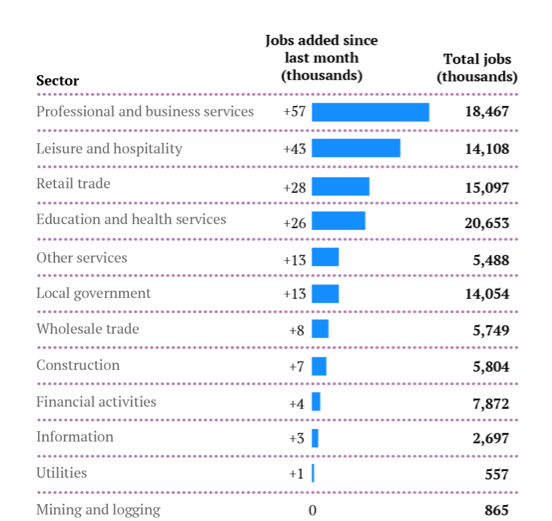
And here’s where the economy lost jobs:
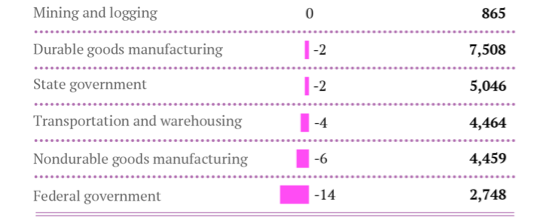
Women did better than men last month, though in general men have fared better during the recovery:
Women gained 82K jobs in May & 112K in April. Men gained 93K jobs in May & 37K in April. Household report shows a greater skew toward women.
— Betsey Stevenson (@BetseyStevenson) June 7, 2013
The economy is only recovering gradually. Consumer confidence is up and stock and home values are up, but the total labor force is still a much smaller percentage of the population than it was before the recession.
“In general, the economy is just puttering along,” Joshua Shapiro, chief US economist with the consulting firm MFR Inc., told the New York Times Friday. “Companies can get by without hiring people, so they do.” A private-sector jobs report released earlier this week partially blamed government spending cuts and tax increases for mediocre job growth.
Even with the small improvement in jobs numbers, there has been little gain in wages: wages are up only 2 percent over the past year, Bloomberg reports.
And those who are still unemployed are faring worse. As the Times reports, the sequester cuts have forced almost every state to cut back on unemployment insurance benefits.



